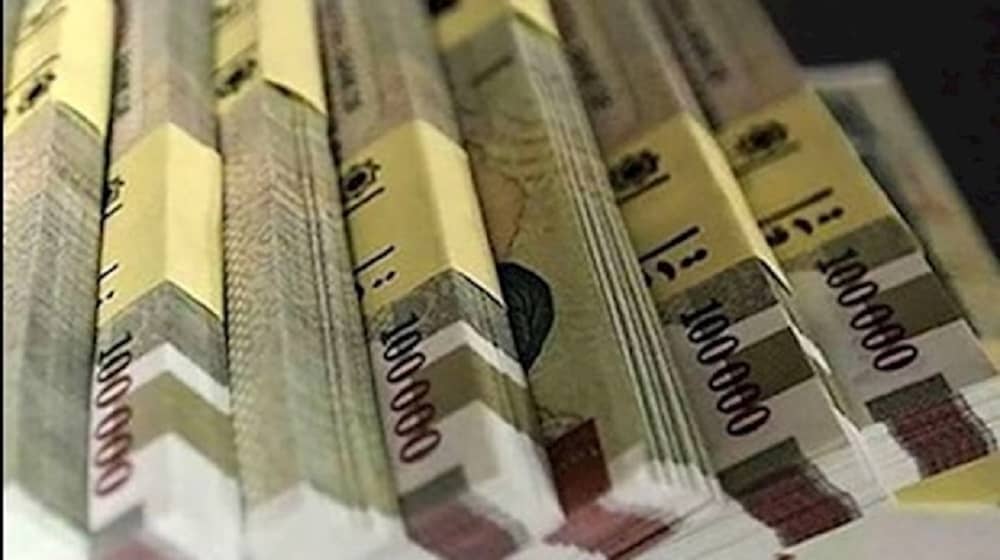
Privatization in Iran, initiated in 1979 under the rule of the mullahs, has evolved into a key economic policy over the past two decades. The stated aim of this policy was “to diminish the government’s role in the economy and foster market liberalization.”
However, the privatization process in Iran has disproportionately benefited the ruling establishment and its associates, leading to increased inequality and corruption. This has effectively shifted public ownership into the hands of the most privileged, indicating that the private sector is now controlled by individuals or groups closely affiliated with the Supreme Leader’s Office (the Beyt) and the Islamic Revolutionary Guard Corps (IRGC).
Large private companies often belong to affluent families with strong ties to the state. Moreover, many privatization projects have been awarded to companies maintaining close affiliations with government figures.
In simpler terms, under the mullahs’ rule, privatization in Iran has translated to the distribution of the country’s national assets among individuals connected to the centers of power at a minimal cost. Numerous large factories in Iran ended up closing as they were handed over to state officials lacking the necessary competence.
Ardabil Meat Company, originally valued at over $10 million, was sold to a private entity for a mere $400,000. The twist? The buyer is none other than Abdullah Pour-Hosseini, the head of the Privatization Organization. In simpler terms, the same person acted as both the seller and the buyer, resulting in a substantial loss of $9.6 million.
The Haft Tapeh Sugar Company, with a market value exceeding $260 million, was sold off to a government entity for a significantly lower price of $90 million, resulting in a profit of $170 million.
In Kermanshah Province, three silos valued at $15 million were sold for a fraction of their worth, fetching only $4 million and resulting in a loss of $11 million.
The Tabriz Machinery Manufacturing Company, valued at $500 million, was sold for a surprisingly low $6 million, leading to a substantial loss of $494 million.
In 2015, Alumina Al-Mahdi was sold to Omid Investment Company for 12 trillion tomans, significantly lower than its estimated value of 40 trillion tomans. Omid is a subsidiary of Sepah Bank, with Sepah Bank holding 70% of its shares. Founded in 2001, Omid operates in various sectors, including mining, cement, construction, energy, and the capital market, with multiple listed and unlisted subsidiaries.
Delving into #Iran’s Corruption Chronicles – Part 1https://t.co/3uRDWFAqxD
— NCRI-FAC (@iran_policy) December 18, 2023
In 2015, the Kermanshah Refinery, valued at 617 billion tomans, was handed over to Bistun Trading Expansion Company for 199 billion tomans. This transfer resulted in almost 500 billion tomans in damages to public interest. The National Audit Office, in its 2017 budget report, deemed the handover of the Kermanshah Refinery illegal and identified it as a financial violation. Still, the case of the Kermanshah Refinery transfer is said to be “under examination in the Judiciary.”
In 2006, the Arak-based Heavy Equipment Production Company (HEPCO), once a major player in heavy machinery manufacturing in the Middle East, was sold. With a total value of 300 billion tomans (then equivalent to $94 million) and an inventory worth 280 billion tomans ($87 million), this significant business was sold for just 10 million tomans (then equivalent to $3,200).
Moghan Agriculture and Industry Company was assessed as one of the largest economic enterprises in the Middle East with the most fertile and high-quality lands. In 2016, it was valued at 2.7 trillion tomans (then worth $900 million). However, in August 2018, it was sold for the price of 1.75 trillion tomans (then worth $400 million). Once again, the buyer and seller of Moghan Agriculture and Industry were the same person, namely Mirali Ashraf Abdollah Purihosseini, the then-head of the Privatization Organization of the regime.
The state-run Tejarat-e-Farda wrote on March 2, 2018, “The unsuccessful implementation of privatization in Iran can be traced, in a sense, to the economic mindset prevailing in the country. Privatization has shifted away from emphasizing a market-oriented system. In circumstances where the recognition of a market-oriented approach is not officially acknowledged, and the government staunchly advocates for control over market mechanisms in both theory and practice, privatization seems to be nothing more than a means to auction off national assets, widen the sphere of influence for groups connected to power structures, and exacerbate the growth and spread of corruption.”
These incidents merely scratch the surface of an economy largely dominated by the IRGC and financial empires closely tied to the Supreme Leader’s office. The true extent of the embezzled wealth from the Iranian people remains hidden, as investigative journalism and bodies that are supposed to apply checks and balances are tightly controlled by various intelligence and security apparatuses under Khamenei’s influence.
Yet, the ultimate consequences of this widespread corruption are evident. Despite enduring decades of international sanctions, the regime consistently funds ambitious military and security endeavors both domestically and abroad. It sustains multiple militia organizations across the Middle East. Additionally, many of the regime’s leaders enjoy luxurious lifestyles in prime areas of Iran, with some holding dual citizenship in Western countries and maintaining bank accounts in secure locations abroad.
Iran’s rampant corruption not only inflicts harm on the impoverished people of Iran but has also become manifest in the destabilization of the Middle East and compromises the security of other regions worldwide. Hence, addressing the regime’s money laundering schemes and overseas wealth is not merely a question of judicial integrity; it has become a matter of national security.
Also read: Delving into Iran’s Corruption Chronicles – Part 1